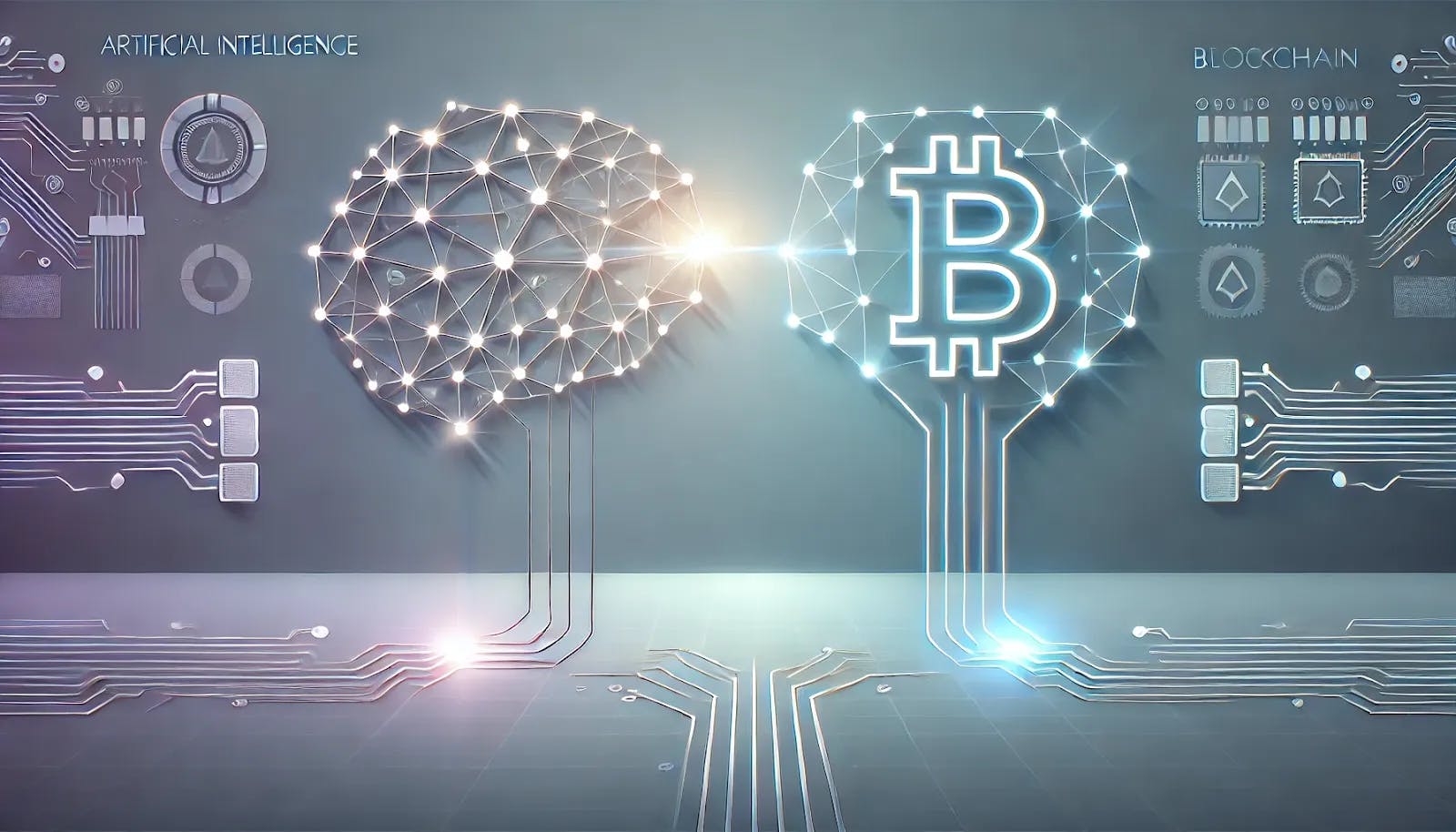The Centralized AI Trap
Picture this: training a single AI model costs more than building a skyscraper. GPT-4’s price tag? A cool $169 million. That’s the reality of today’s AI ecosystem, where giants hold the keys to the computational kingdom. However, centralized AI is a house of cards.
- Costs are astronomical: Startups and researchers? They’re locked out.
- Scalability is a myth: Demand for compute grows faster than Moore’s Law.
- Single points of failure: One AWS outage can paralyze industries.
Decentralized platforms challenge this status quo by redefining access to computational power. By aggregating underutilized hardware—idle GPUs in gaming rigs, decommissioned mining farms, and regional data centers—these networks create a global resource pool that operates on principles of shared efficiency. For startups and researchers, this isn’t just about affordability—it’s about survival in a market where OpenAI’s $100 million training runs set an untenable precedent.
How Decentralization Unshackles AI
Enter blockchain—the tech behind Bitcoin—and its rebellious ethos. Imagine a global network where anyone can contribute compute power, like Airbnb for GPUs. By distributing computational resources across a global network of nodes, decentralized AI can reduce costs, improve scalability, and enhance transparency. More and more companies are realizing the importance of AI. For instance, bitsCrunch acquired Nidum.ai just a few weeks ago—another example of this growing trend.
Below is a flowchart showing how data and computational resources move in centralized systems versus decentralized systems (e.g., Nidum, Aleph Cloud). A decentralized network of nodes to provide high-performance computing (HPC) capabilities for AI developers, and it allows developers to embed AI-driven features—predictive analytics, personalized recommendations—directly into smart contracts. The result is a new class of hybrid applications.
Each node’s contribution is logged on-chain. No more shadowy data sources. No more biased models escaping scrutiny. It’s accountability, baked into code. But here’s the real magic: tokenized incentives. Contribute compute power, earn crypto. This isn’t just tech utopianism—it’s a self-sustaining economy where everyone wins.
Incentivizing a New Compute Economy
Decentralized networks rely on tokenized incentives to sustain participation. Contributors who lease idle GPU capacity earn cryptocurrency, creating a circular economy where resource providers fund their own AI projects. While this model has critics—some argue it risks commodifying compute power—it mirrors proven sharing-economy principles. Airbnb and Uber demonstrated that underutilized assets (homes, cars) can be productized at scale; decentralized AI applies this logic to silicon.
Picture this: A chatbot that spills the raw truth about a smart contract, running on your device or our decentralised setup. Or a DeFi platform tapping into heavy-duty insights from a censorship-free engine, all powered by an infrastructure that’s open to everyone.
This isn’t sci-fi—it’s happening now. Gartner predicts that by 2025, 75% of enterprise data will be processed at the edge, up from 10% in 2021. Decentralized architectures are uniquely positioned to capitalize on this shift. For example, a manufacturer using edge nodes from providers like Nidum or Aleph Cloud can deploy AI to monitor assembly line defects in real time, analyzing sensor data on-site without exposing proprietary information to third-party clouds.
The Future is Fragmented
The AI revolution isn’t about building god-like models—it’s about who controls them. Decentralization isn’t a buzzword; it’s the antidote to corporate capture.
The road ahead is complex, but the direction is clear: AI’s future isn’t just decentralized. It’s inevitable.
So, next time you hear “AI,” think beyond ChatGPT. Think about farmers, doctors, and Reddit mods reclaiming power. Because the future of AI isn’t a server farm—it’s a community.


